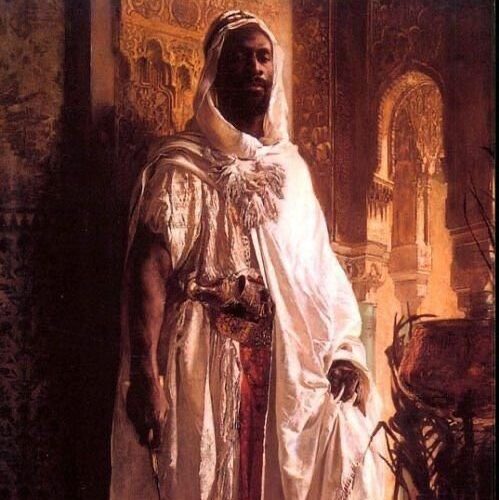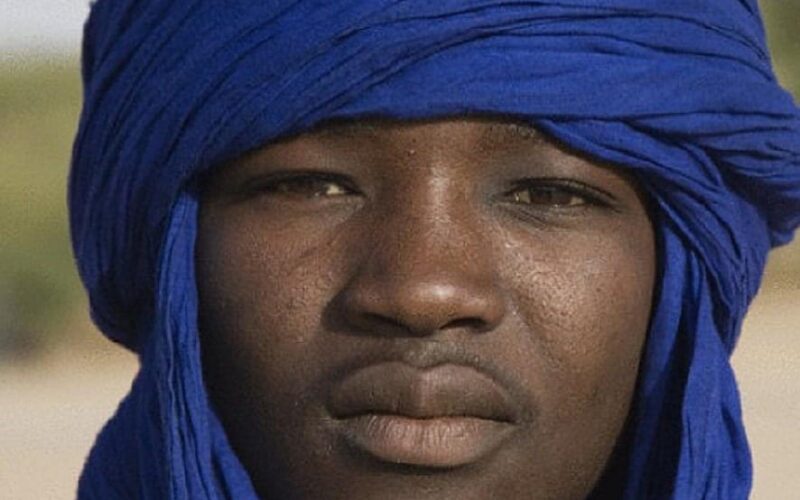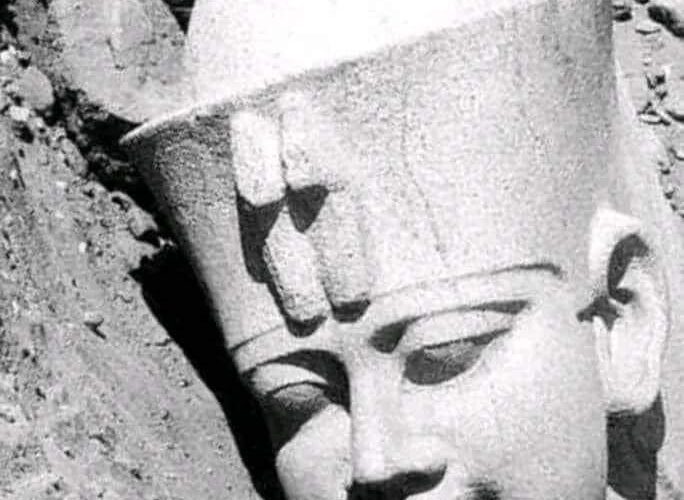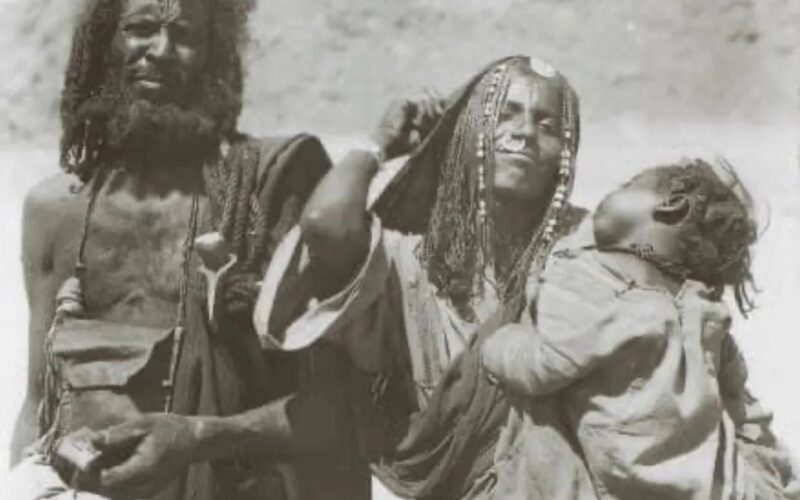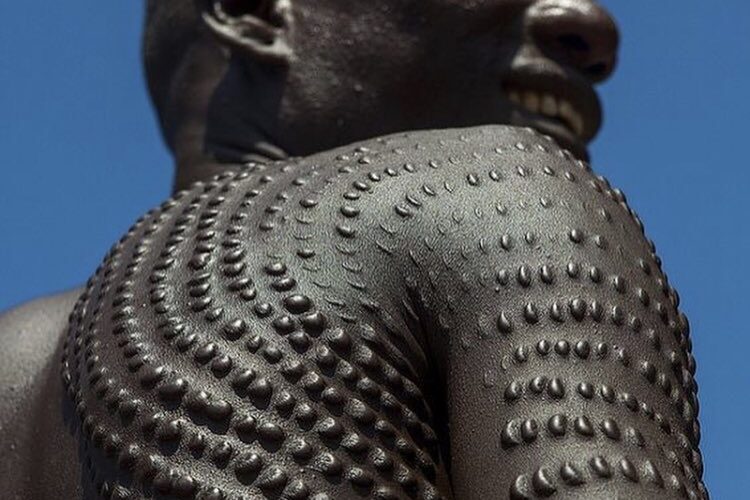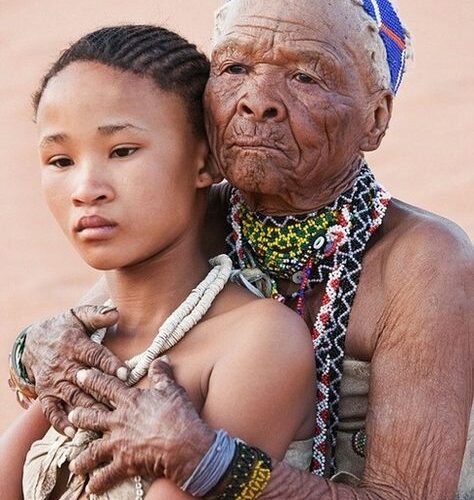
The Mystery of the Black Popes: A Hidden Chapter in Church History
In the annals of the Catholic Church, the papacy is often associated with European lineage. However, history reveals that three early popes hailed from Africa, challenging modern perceptions and highlighting the diverse roots of the Church. The early Christian Church was far more diverse than many realize, with North Africa (modern-day Libya, Tunisia, Algeria, and Egypt) being a major center of Christian thought. Three popes from this era are believed to have been of African descent: Pope Victor I (189–199 AD) Born in the Roman province of Africa, Pope Victor I was the first known African pope. Pope is believed…

